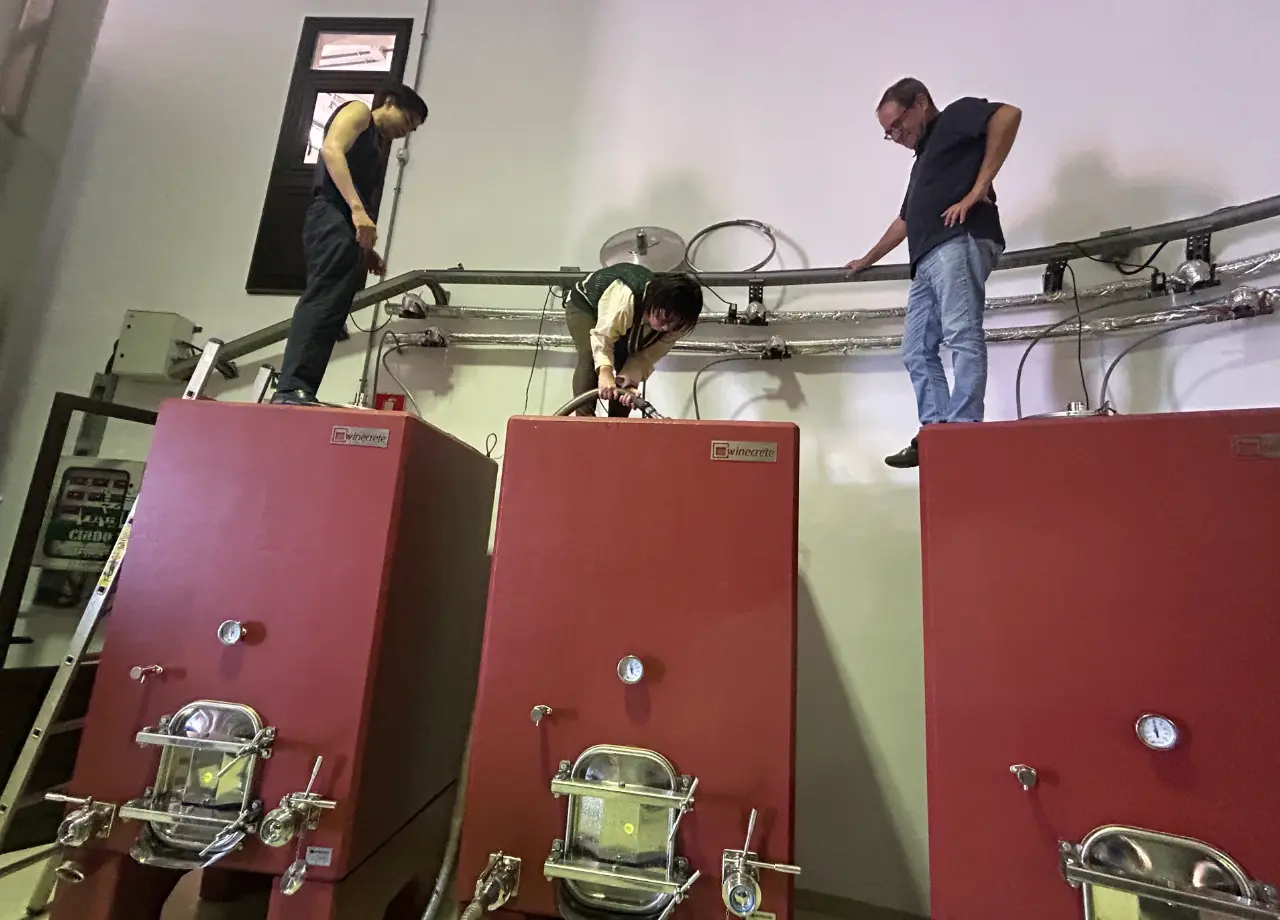Miyuki Morimoto discovers the essence of Viñátigo during her visit to Tenerife
- i3964
- Nov 10
- 3 min read

Japanese sommelier Miyuki Morimoto, executive sommelier at Conrad Tokyo and one of the most recognized figures in the Asian wine scene, recently visited the island of Tenerife to experience firsthand the landscape, vineyards, and wines of Bodegas Viñátigo. Her experience and the impressions left by this trip were captured in an article written by journalist Ikumi Harada for the portal LOHASPAIN (Spain Wine & Food Association), under the title “The charm of the volcanic island of Tenerife and its wine pairings.”
During her journey across the island, Morimoto was captivated by the uniqueness of the Canary territory, shaped by Mount Teide and the trade winds. The volcanic slopes, stone terraces, and diversity of microclimates revealed to her a winegrowing landscape as challenging as it is inspiring.
“I felt a very strong connection with the people of the island. Their way of cooking, respecting the natural flavor of the ingredients, reminded me a lot of Japanese sensibility,” Morimoto comments in the interview.

During her visit to Bodegas Viñátigo, the Japanese sommelier got to know closely the work of our director Juan Jesús Méndez and Elena, head of oenology, describing the atmosphere of the project as “familiar, passionate, and deeply human.”Although Viñátigo enjoys international recognition, she emphasized that its philosophy is based on authenticity and daily work rather than the pursuit of prestige.
During her stay, Morimoto even took part in the winemaking tasks—an experience she defined as “her first practical harvest” and described as an unforgettable memory of her trip to Tenerife.
The mark of the volcano in every glass
Morimoto expressed her fascination with the purity and depth of the island’s white wines, highlighting how the volcanic soils—up to 11 million years old—are clearly reflected in every nuance of the wine.
Among Viñátigo’s creations, she especially highlighted the single-plot wines, such as Listán Blanco “Camino de la Peña” and Laderas de Teno.
According to Morimoto, these wines perfectly represent the identity of Tenerife:
“The aroma of phosphorus, the structured acidity, and the complexity of the aftertaste express, with astonishing precision, the power of the volcanic soil.”

Canary wines on Japan’s tables
In her interview with Harada, the sommelier also reflects on the potential of Canary wines in the Japanese market, noting their limited production as a value of exclusivity—but also as a challenge.
She underlines the importance of building a solid knowledge base among sommeliers and wine professionals that allows them to communicate the story and authenticity of these wines.
“The secret lies in educating those who love wine so they can convey its charm. That’s how we’ll make the Japanese public want to travel to the Canary Islands and taste them for themselves.”
Volcanic pairings at the Conrad Tokyo
Morimoto, responsible for the wine list at Conrad Tokyo, highlighted some of the pairings she plans to incorporate into her restaurants.
At China Blue, she proposes pairing the signature dish “Tokyo Duck” - a duck confit with pineapple, crispy yuba, and handmade crepe - with Viñátigo Laderas de Teno, a red wine of mineral depth and fresh acidity.
In Japanese cuisine, she recommends pairing Viñátigo white wines with straw-grilled bonito or smoked tuna, where the “smoky” touch of volcanic wines finds its perfect reflection.
A bridge between the Canary Islands and Japan
With more than 80 native varieties, the Canary Islands represent a true natural laboratory for viticulture.
The perspective of international professionals like Miyuki Morimoto opens new paths to make this unique wine heritage known to the world.
Her visit to Viñátigo not only strengthens the ties between Japan and Tenerife but also consolidates the winery’s role as an ambassador of Canary volcanic wine.
You can read the original article in Japanese here.





Comments